
Amazon has set a hard cutoff for holiday returns: items bought from November 1 to December 31, 2025 must be returned by January 31, 2026. This creates a 91-day window that will “slam shut” at midnight on the deadline.
Missing this date means no refunds or exchanges on those purchases. The cohort-based system applies uniformly to all holiday purchases, regardless of individual purchase dates during the two-month window.
Why the 91-Day Window Matters for Millions

All eligible purchases from November and December share this single deadline. Whether you shopped on Black Friday or Christmas Eve, January 31, 2026 is your last chance to initiate a return—no exceptions.
Once that date passes, refunds and exchanges become unavailable, leaving millions of shoppers at risk of losing money on unwanted gifts, defective items, or impulse purchases. Amazon will not process returns after this date.
How the 91 Days Are Calculated
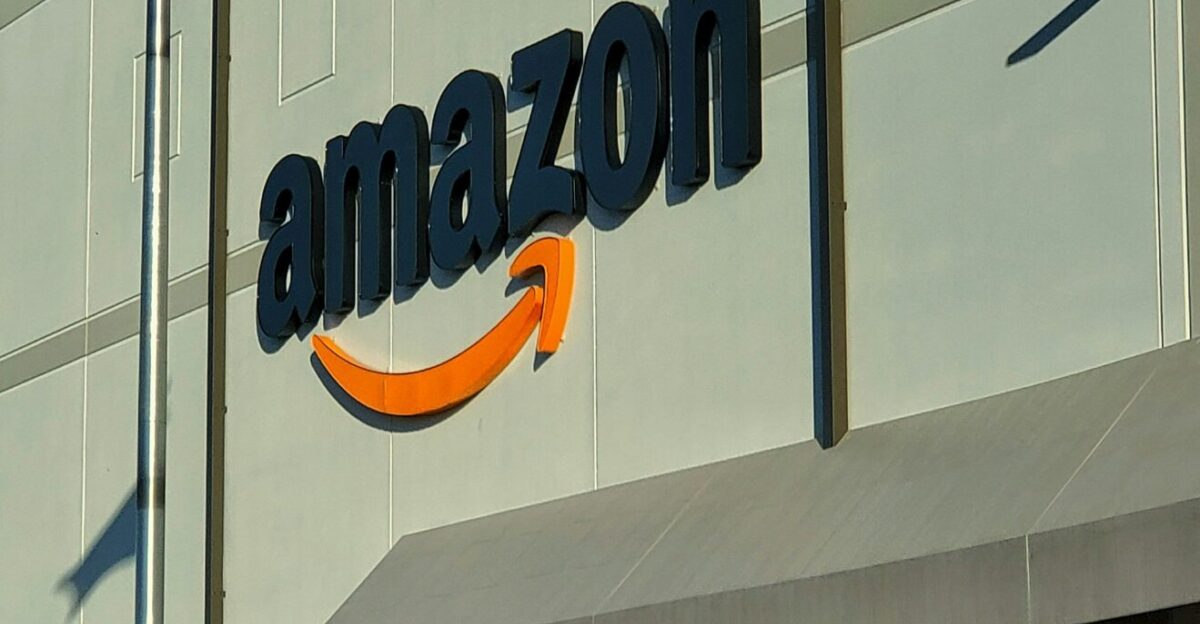
The 91-day window starts from November 1, 2025 and ends on January 31, 2026. This “cohort return system” streamlines Amazon’s operations by grouping all holiday purchases under one deadline, rather than tracking individual 30-day windows per purchase.
The methodology allows retailers to manage return logistics more efficiently while providing shoppers with nearly three months to decide whether items meet expectations, but absolutely no longer than that.
What Does “Slams Shut” Mean?
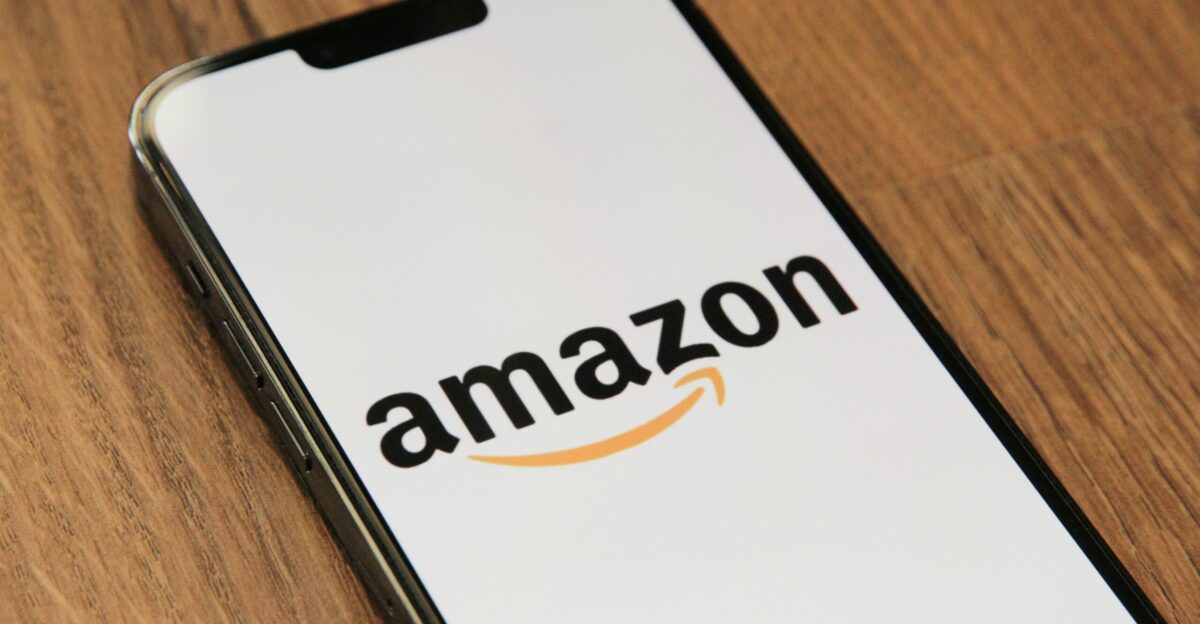
When the clock strikes midnight on January 31, 2026, Amazon’s system will not accept returns for any relevant holiday-season purchase. There are no grace periods, warnings, or extensions—the policy is strictly enforced. This represents a hard stop, not a gradual decline.
It describes an absolute termination of return eligibility. Customers attempting to process returns on February 1 or later will receive a system message informing them the return window has closed.
What Happens if You Miss the Date
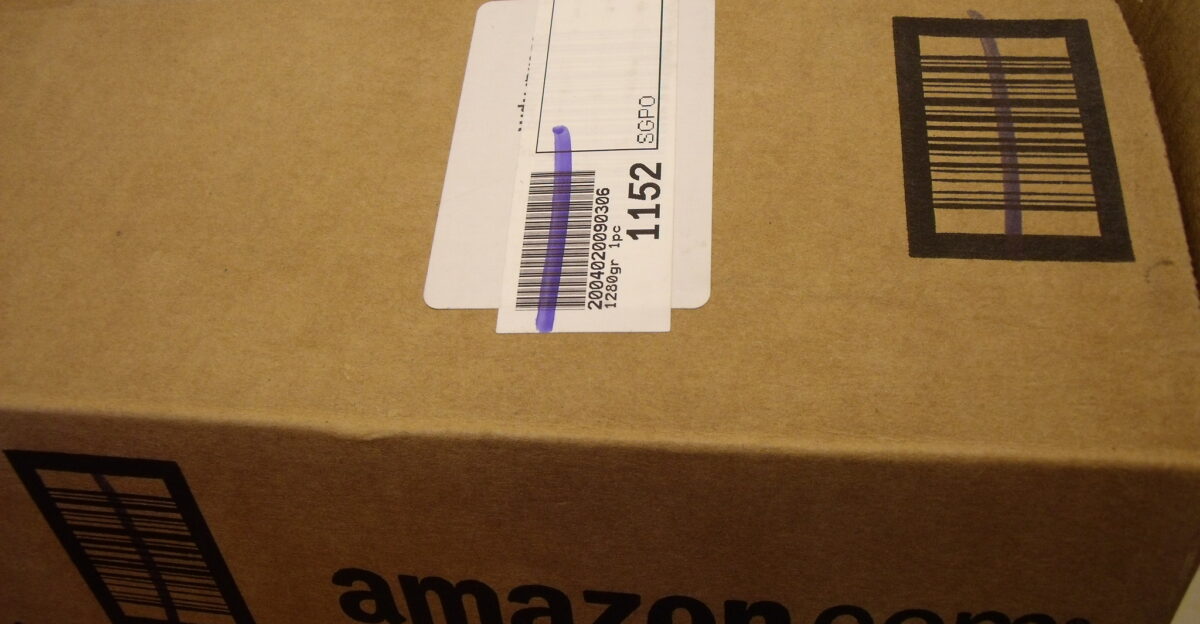
If you attempt to return an item on February 1, 2026, Amazon automatically denies your request. You forfeit any chance at a refund, exchange, or store credit, potentially losing hundreds or even thousands of dollars. The money spent is gone permanently.
This is a technical and financial barrier that prevents refunds, exchanges, or credits once the deadline passes. There are no exceptions for defective items discovered late or gifts opened after January 31.
Why Retailers Are Tightening Deadlines
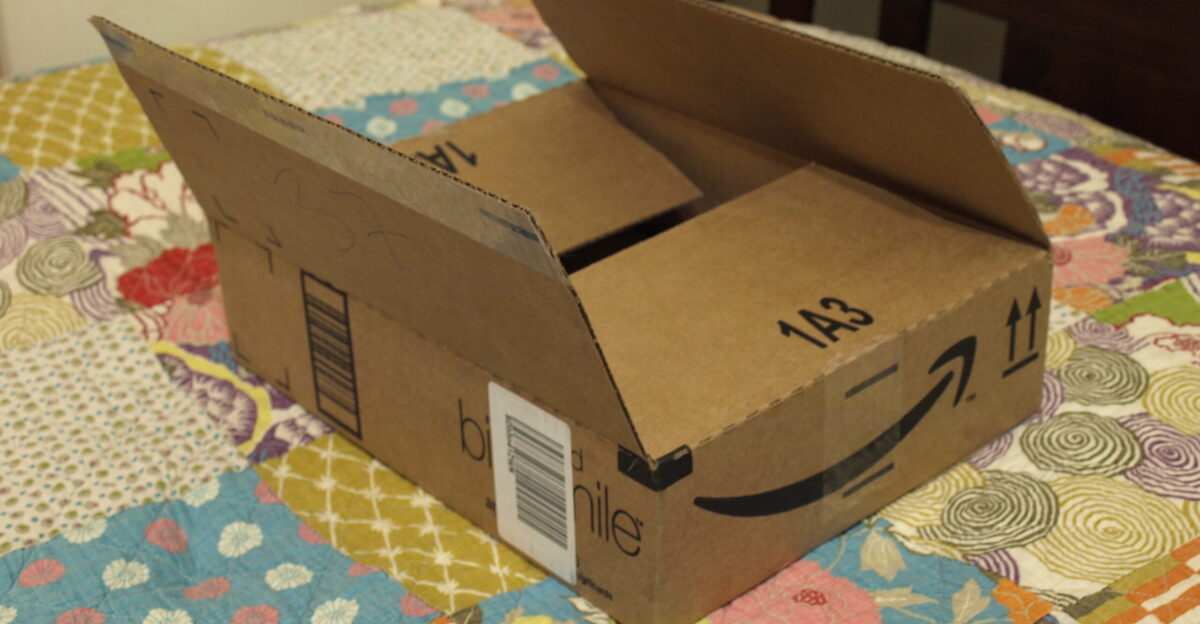
Rising return volumes—a projected $849.9 billion industry-wide in 2025—plus $103 billion in annual return fraud are forcing retailers to impose stricter deadlines and higher return standards. Approximately 15% of all returns are fraudulent.
Practices like “wardrobing”—wearing or using items and then returning them—have become widespread. The hard shutdown on January 31 represents retailers’ strategy to cap their exposure: once the deadline passes, no more returns, no more refund liability.
Category-Specific Rules Add Complexity
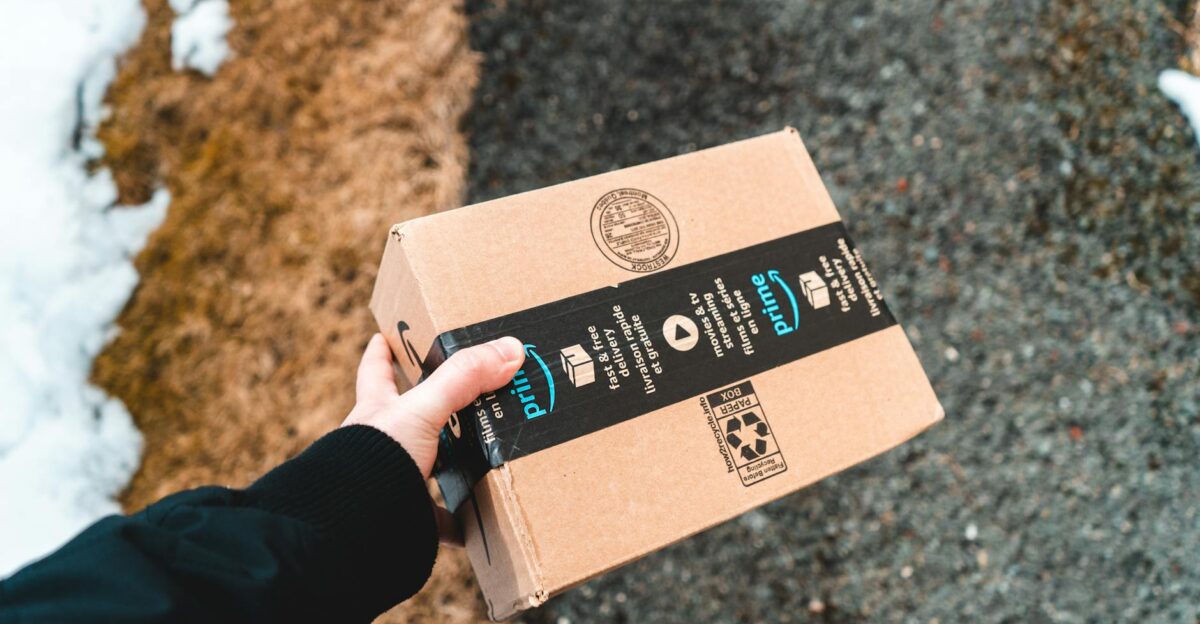
Not all items are equal under Amazon’s policy. For some products, such as electronics or Apple devices, Amazon’s return window may be even shorter than January 31, 2026—potentially ending on January 15 for premium-priced electronics.
Consumers who wait until late January could find themselves locked out of returns entirely. This tiered approach means shoppers must understand not just the overall deadline, but the specific return window for each product category they purchased during the holiday season.
The Financial Stakes for Shoppers

Missed deadlines can cost big. A customer who purchased a $500 laptop on December 15, 2025, discovers it’s defective on February 2, 2026—one day after the deadline—forfeits their refund entirely.
Similarly, a shopper who bought $300 in holiday gifts that recipients didn’t want cannot return those items after January 31. High-value electronics like $1,200 televisions cannot be refunded or exchanged if you act too late. Once the window closes, your money is gone permanently.
Why Millions Are at Risk

Millions of Americans routinely procrastinate or misunderstand Amazon’s policies, assuming the standard 30-day window applies per purchase. They don’t realize all holiday purchases share a single January 31, 2026 deadline.
Many customers don’t closely read return policy changes. Amazon’s extended window is convenient, but the specific deadline may not be top-of-mind when shoppers decide to return items weeks after purchase. By the time they attempt a return in February, it’s too late.
Scenarios That Might Catch You Off Guard

Returns are denied if items become defective after the window closes. A gadget that malfunctions in mid-February cannot be returned under this policy.
Holiday gifts often aren’t opened or evaluated until after the New Year—by the time recipients determine they want to return something, the window is closing. Customers who bought items for themselves but received duplicates as gifts face the same immovable deadline. Electronics with shorter deadlines catch consumers off guard when attempting late-January returns.
The Broader Industry Trend

Amazon, Walmart, Target, and other major retailers use cohort windows for operational predictability and to fight return abuse, including wardrobing and serial returns. The 91-day window is Amazon’s calculated balance between consumer convenience and operational necessity.
Retailers cannot keep returns open indefinitely; they need predictable cutoff dates to manage logistics, restocking, fraud prevention, and refund processing. Extended windows come with strict terms and hard deadlines across the retail sector.
Fees and Policies at Other Retailers

Macy’s now charges $9.99 for mail returns unless you’re a Star Rewards member, while TJX charges $11.99. These fees are deducted from refunds, further incentivizing quick action before the return window closes.
As return volumes surge and fraud losses mount, retailers are implementing stricter deadlines, verification systems, and fees to manage costs. These stricter, fee-based policies across the retail industry increase the importance of acting promptly before deadlines expire and avoiding last-minute return attempts.
Limited Alternatives Once the Window Closes

Missed the deadline? Your options shrink dramatically. Some consumers turn to secondary markets like eBay or local resale shops to offload unwanted items—though typically for pennies on the dollar compared to the original purchase price.
Others pursue credit card chargebacks, though these carry their own risks and limitations. For many shoppers, missing the deadline simply means accepting the financial loss. There’s no way to recover the full value of items once Amazon’s return window has closed.
What You Should Do Right Now

Don’t wait until late January. Review all holiday purchases immediately and identify items you want to return. Confirm category-specific deadlines, especially for electronics which may have earlier cutoff dates. Keep your receipts, original packaging, and proof of purchase.
Initiate any needed returns well before January 31, 2026—don’t wait until the last week. Retain all documentation and act promptly. Check each product category for specific return windows that may be shorter than the general January 31 deadline.
This Deadline Is Firm—No Second Chances

The January 31, 2026 Amazon return window is a hard stop with real financial consequences. Once it slams shut, there are no extensions or exceptions. This is not a suggestion or guideline—it is an immovable deadline.
Act now to protect your refunds and avoid financial losses. Mark January 31, 2026 on your calendar immediately. Missing this deadline means losing refunds permanently. There are absolutely no second chances once the 91-day window expires at midnight.